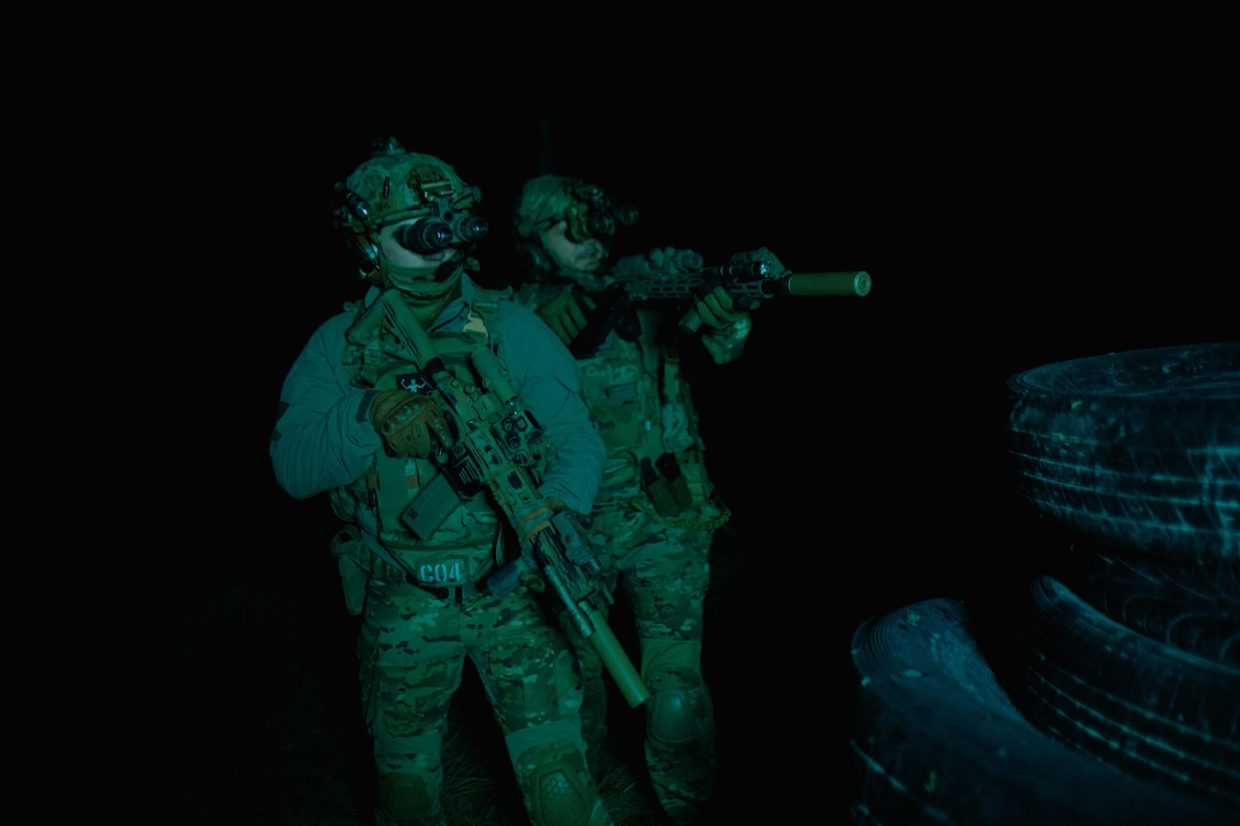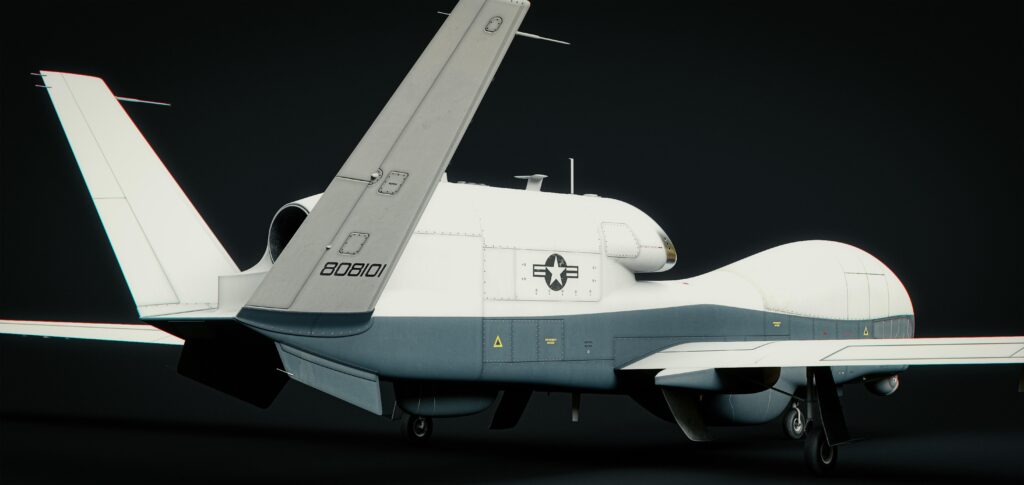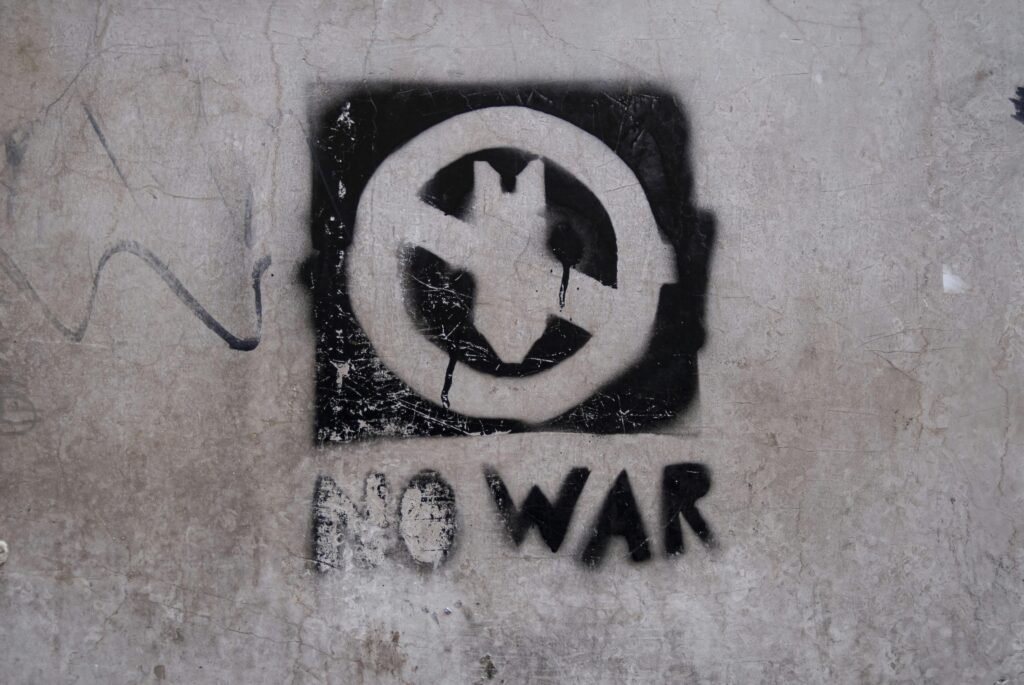In today’s rapidly evolving battlefield, the role of special operations forces has become more crucial than ever. Far beyond their traditional image of covert raids and high-stakes missions, these elite units are now at the forefront of shaping how modern warfare is planned and executed. From leveraging cutting-edge technology to employing unconventional tactics, special operations have transformed military strategy into a more agile, precise, and adaptive endeavor. In this article, we’ll explore the profound impact special operations have on contemporary combat strategies and why their influence continues to grow in an increasingly complex global security landscape.
Table of Contents
- The Evolution of Special Operations in Contemporary Conflicts
- Integrating Special Operations into Joint Force Strategies
- Leveraging Technology and Intelligence for Enhanced Mission Outcomes
- Best Practices for Training and Equipping Special Operations Forces
- Closing Remarks
The Evolution of Special Operations in Contemporary Conflicts
Special operations have undergone a profound transformation over the last few decades, adapting to the dynamic and multifaceted nature of contemporary conflicts. Where once the focus was primarily on direct combat and high-risk raids, today’s missions emphasize precision, intelligence integration, and joint interoperability. These elite forces now operate at the intersection of technology and human skill, leveraging advancements such as drone surveillance, cyber warfare, and real-time battlefield data analytics to outmaneuver adversaries. The shift also reflects a broader strategic prioritization of asymmetric warfare, counterterrorism, and unconventional battle environments, which demand swift, surgical interventions rather than large-scale troop deployments.
Several elements characterize this evolution, including:
- Enhanced collaboration between special operation units and conventional armed forces, fostering seamless operational synergy.
- Expansive mission scope ranging from direct action to information warfare and civil affairs, underscoring their multifaceted role.
- Greater reliance on technological innovation that empowers operators with unprecedented situational awareness and tactical advantage.
- Adaptive training paradigms focusing on cultural intelligence and language proficiency, critical for missions in complex geopolitical landscapes.
These developments are not merely tactical; they represent a strategic recalibration whereby special operations act as force multipliers, shaping the broader contours of modern warfare strategy.
Integrating Special Operations into Joint Force Strategies
Special operations units bring unmatched agility and precision to joint force strategies, enabling commanders to execute complex missions that conventional forces may not accomplish with the same effectiveness. Their integration requires meticulous coordination across all branches, ensuring that unique capabilities—such as intelligence gathering, direct action, and unconventional warfare—are seamlessly synchronized with larger strategic goals. This integration enhances operational flexibility, allowing joint forces to respond swiftly to dynamic threats and capitalize on fleeting opportunities in contested environments.
Key to this synergy is the establishment of interoperable communication networks and shared situational awareness platforms that link special operations forces with conventional units in real time. This connectivity fosters collaborative mission planning and risk mitigation, empowering joint commanders to leverage the strengths of each component unit. Benefits of integrating special operations include:
- Enhanced precision in target engagement through advanced reconnaissance
- Force multiplication via covert influence and psychological operations
- Improved adaptability in multi-domain battle scenarios
- Acceleration of strategic decision cycles with actionable intelligence
Together, these factors redefine modern warfare strategies by blending unconventional tactics into the broader operational framework, setting the stage for decisive and sustainable outcomes.
Leveraging Technology and Intelligence for Enhanced Mission Outcomes
Special operations units integrate cutting-edge technology and advanced intelligence capabilities to gain a decisive edge in the battlefield. Real-time data analytics, AI-driven surveillance, and drone reconnaissance allow operatives to identify and monitor threats with unprecedented accuracy. These tools enhance situational awareness, enabling swift decision-making in environments where every second counts. By fusing human expertise with artificial intelligence, these teams conduct precision strikes that minimize collateral damage while maximizing mission success.
Moreover, secure communication networks and encrypted data-sharing platforms facilitate seamless coordination between ground forces, command centers, and allied units. Key technological enablers include:
- Wearable biometric sensors for monitoring soldier health and readiness
- Augmented reality helmets that overlay battlefield intelligence
- Cyber warfare tools to disrupt enemy networks and gather intelligence
- Satellite imagery integration for comprehensive operational planning
Through these innovations, special operations continuously redefine mission parameters — transforming raw intelligence into actionable strategies that shape modern warfare’s rapidly evolving landscape.
Best Practices for Training and Equipping Special Operations Forces
Adaptive and Realistic Training Environments are paramount to prepare Special Operations Forces (SOF) for the unpredictability of modern battlefields. Training regimens must simulate a variety of complex scenarios, including urban warfare, counterterrorism, and unconventional warfare, ensuring operators can seamlessly transition between mission types. Incorporating virtual reality, live-fire exercises, and joint-force simulations enhances decision-making under pressure and fosters operational flexibility. Moreover, continuous after-action reviews and iterative feedback loops help refine tactics, techniques, and procedures, maintaining an edge in rapidly evolving combat environments.
Equipping SOF with cutting-edge technology involves more than just hardware—it’s about integration and customization. Advanced communications gear, stealth equipment, and modular weapon systems allow operators to tailor their loadouts to mission-specific requirements. Equipping teams with scalable drone capabilities and AI-driven intelligence tools significantly improves situational awareness and target acquisition. Additionally, investing in comprehensive medical kits and survivability gear ensures resilience during prolonged or austere missions. Ultimately, the synergy between tailored training and state-of-the-art equipment forms the cornerstone of operational success, enabling SOF to execute their critical tasks with precision and efficiency.
Closing Remarks
In conclusion, the role of special operations in shaping modern warfare strategies cannot be overstated. Their unique capabilities, adaptability, and precision have fundamentally transformed how military forces approach conflict in an increasingly complex global landscape. As technology evolves and threats become more dynamic, the integration of special operations units into broader strategic frameworks will only grow more critical. Understanding their impact not only highlights the innovations within military tactics but also underscores the importance of agility and specialized expertise in securing future victories. For those interested in the cutting edge of defense strategy, keeping an eye on the developments within special operations offers valuable insights into the future of warfare.













